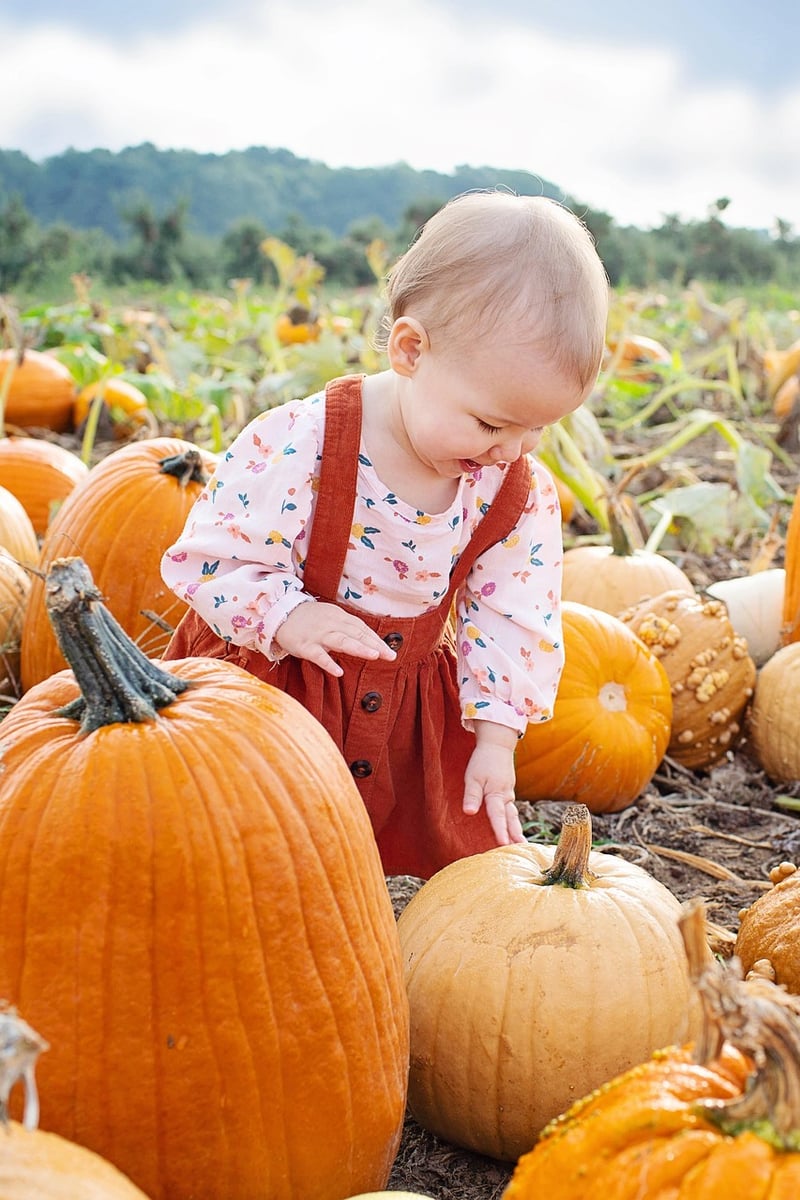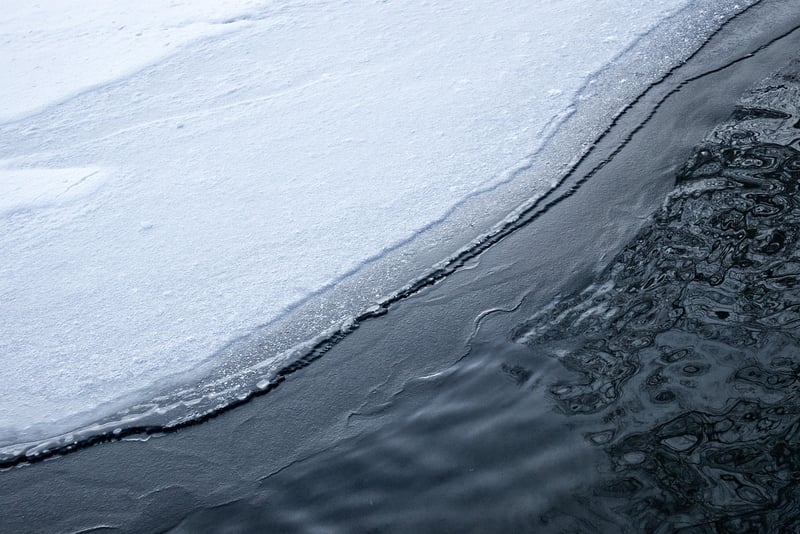Texture Contrasts
Elevating Dining Experiences with Texture Contrasts
When it comes to creating memorable dining experiences, chefs and food enthusiasts alike know that texture contrasts play a crucial role. By incorporating a variety of textures into a dish, you not only enhance its visual appeal but also elevate the overall sensory experience for your guests. Let's delve into the art of balancing textures to take your culinary creations to the next level.
The Importance of Texture Contrasts
Texture contrasts in food can range from crispy to creamy, chewy to crunchy, and soft to hard. By combining these diverse textures thoughtfully, you can create a harmonious balance that keeps diners engaged and delighted with each bite. Texture contrasts not only stimulate the palate but also add depth and complexity to a dish.
Creating Texture Contrasts
There are several ways to introduce texture contrasts into your dishes:
- Pairing crunchy elements with creamy ones, such as topping a velvety soup with toasted nuts or seeds.
- Adding a crispy component to a soft dessert, like a crumble topping on a silky custard.
- Combining chewy and tender elements, such as serving seared scallops with a side of al dente vegetables.
- Layering textures in a dish, such as a parfait with alternating layers of smooth mousse and crunchy granola.
Visual Appeal and Presentation
Texture contrasts not only impact the taste and mouthfeel of a dish but also contribute to its visual appeal. A well-plated dish with a variety of textures is visually stimulating and can enhance the overall dining experience. Consider the color, shape, and arrangement of different textured elements to create an aesthetically pleasing presentation.
Experimenting with Texture
Don't be afraid to get creative and experiment with texture contrasts in your cooking. Try incorporating unexpected textures or unconventional pairings to surprise and delight your guests. Whether you're preparing a simple salad or a gourmet entrée, thoughtful consideration of textures can set your dishes apart and leave a lasting impression.
Conclusion
Texture contrasts are a powerful tool in the culinary world, allowing chefs to create multi-dimensional dishes that excite the senses. By mastering the art of balancing textures, you can elevate your dining experiences and take your cooking to new heights. So, next time you step into the kitchen, remember to play with textures and discover the magic they can bring to your creations.

Enhance your dining experiences with the art of texture contrasts and watch as your dishes become a feast for the senses.
